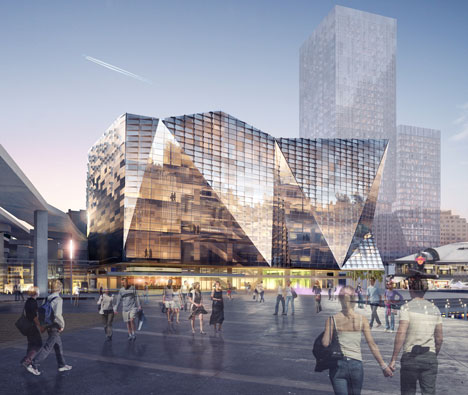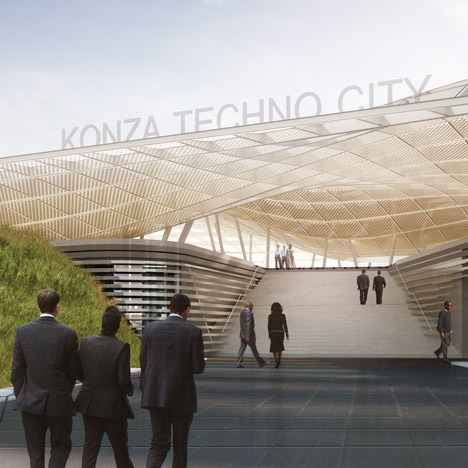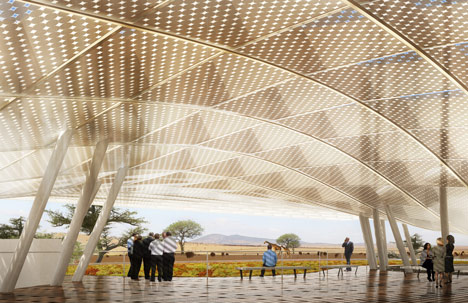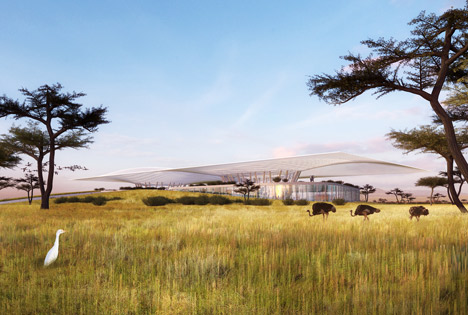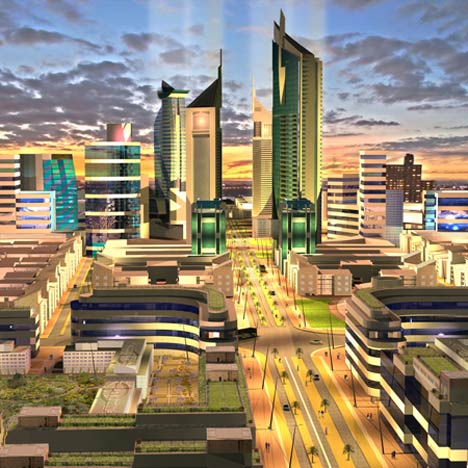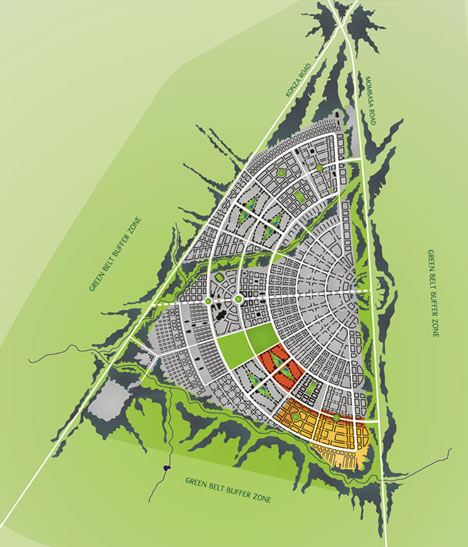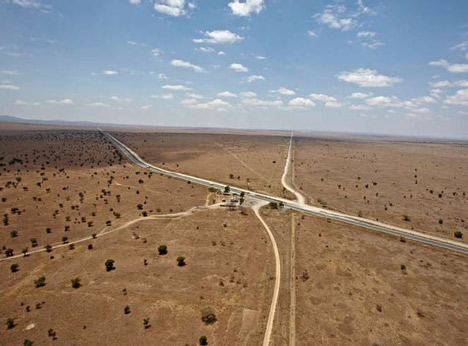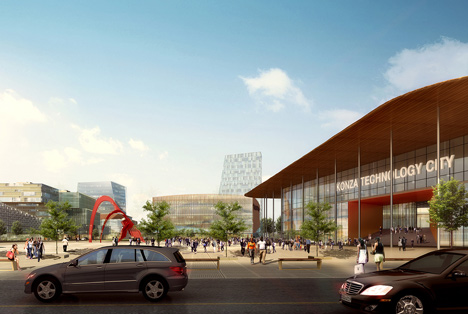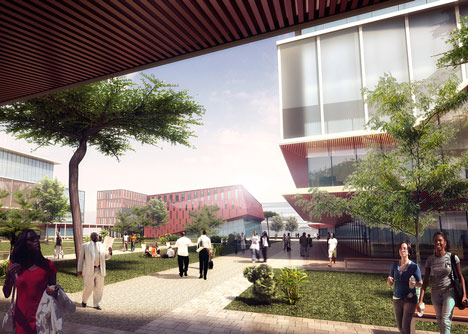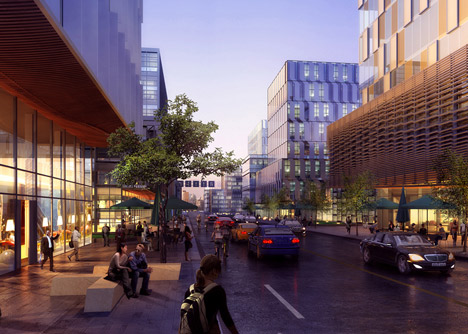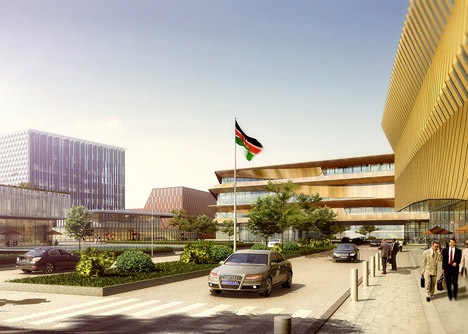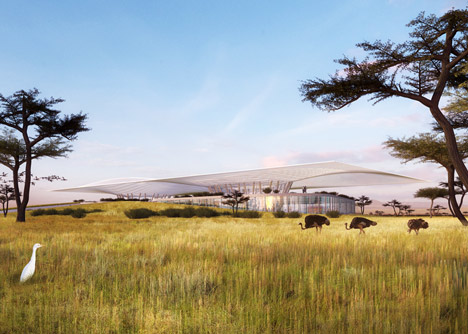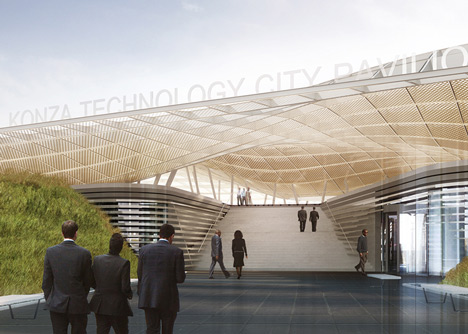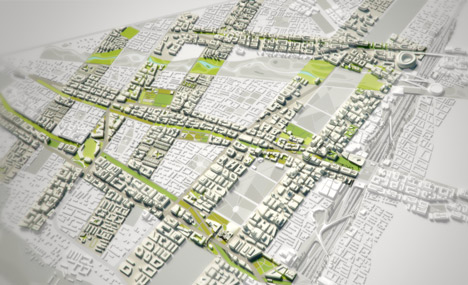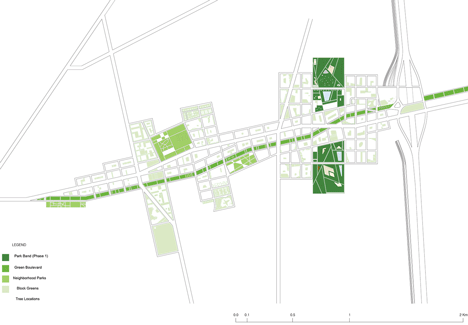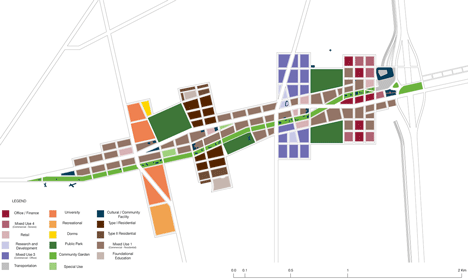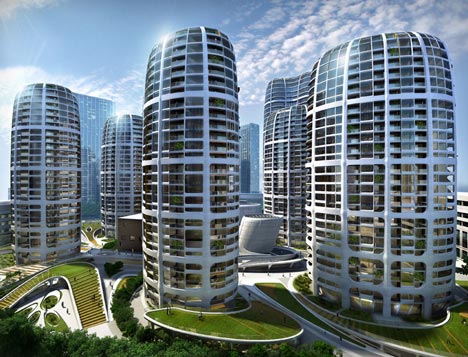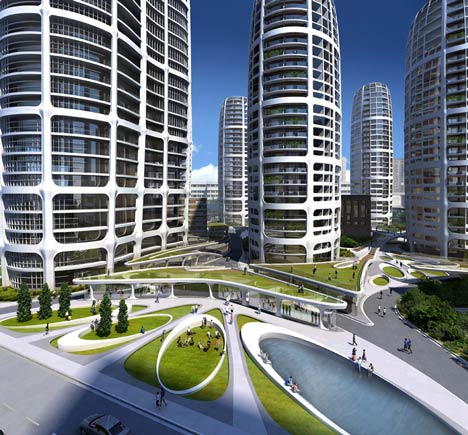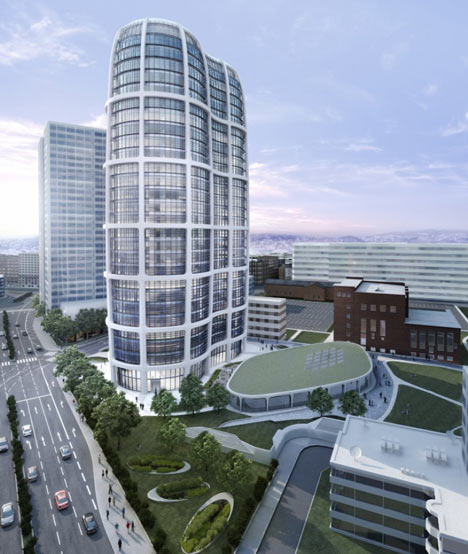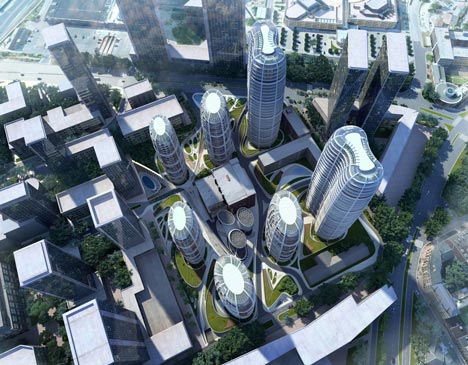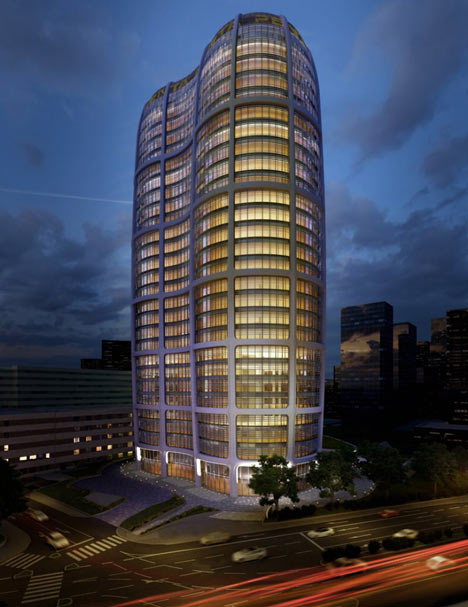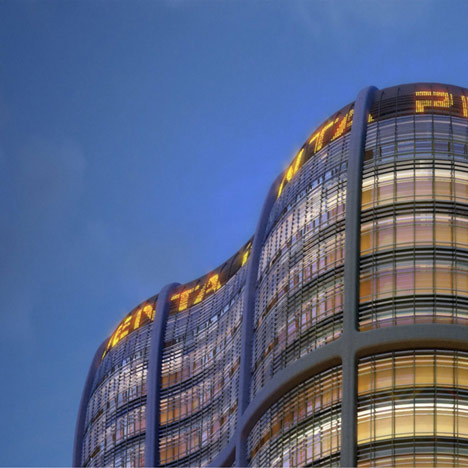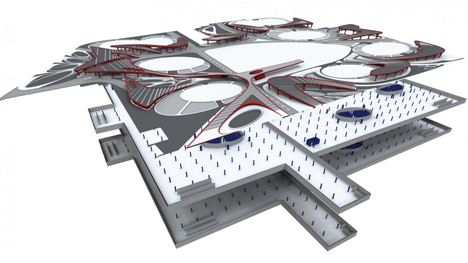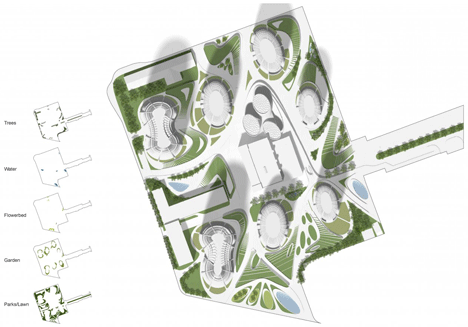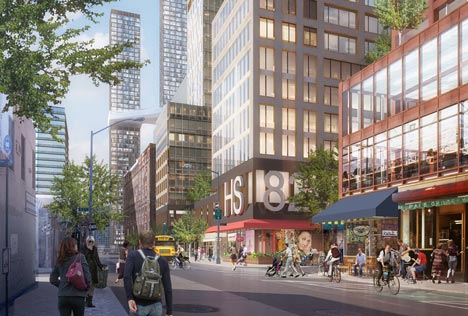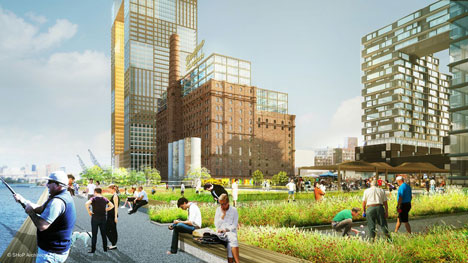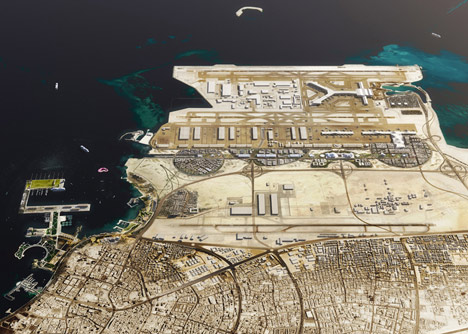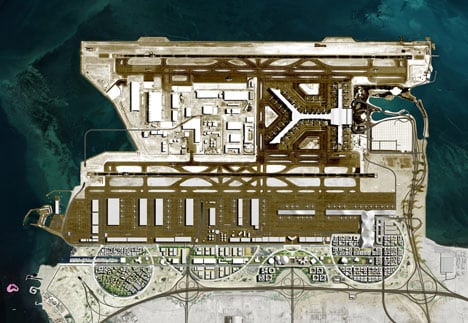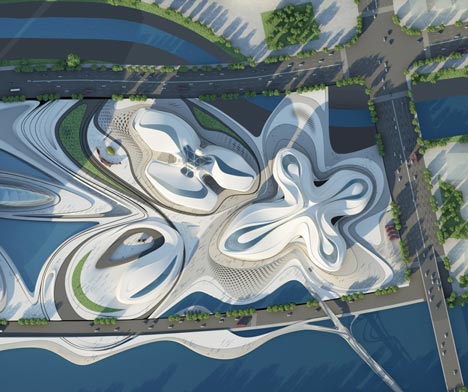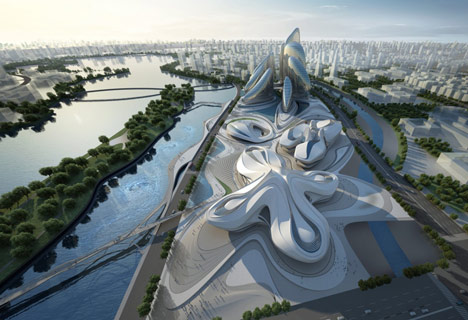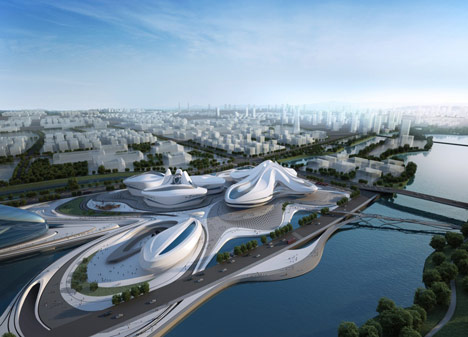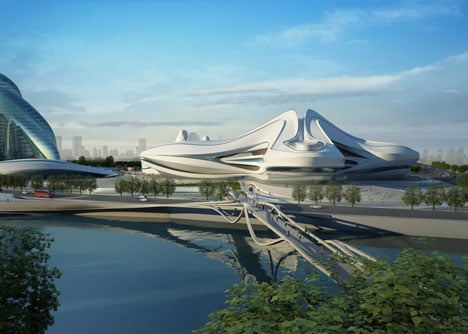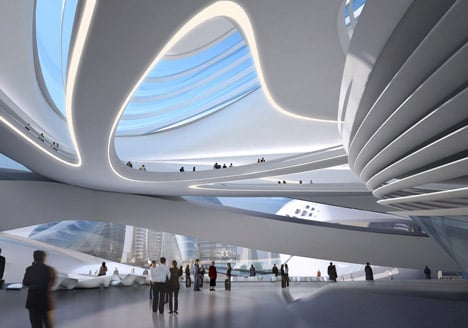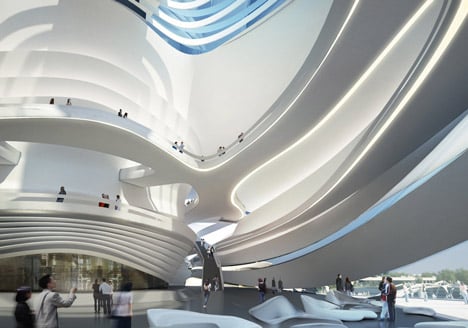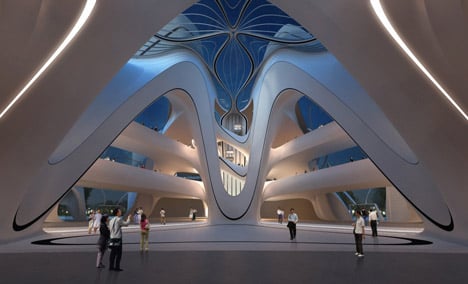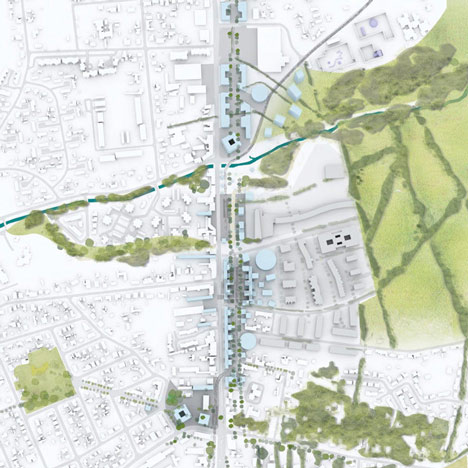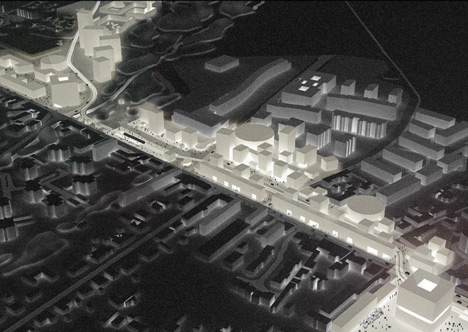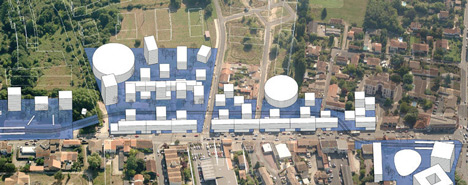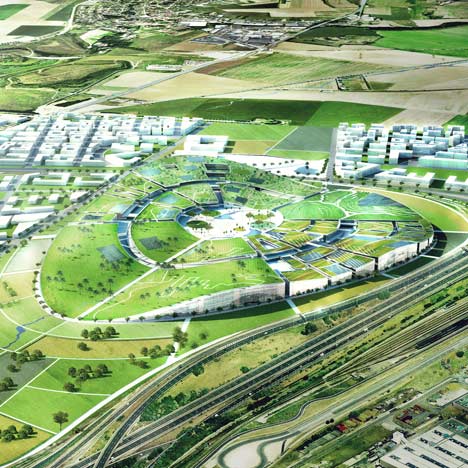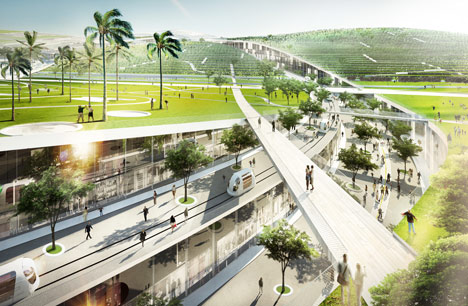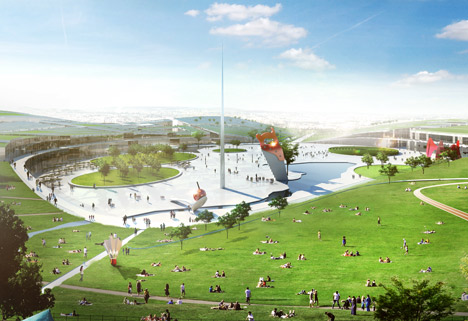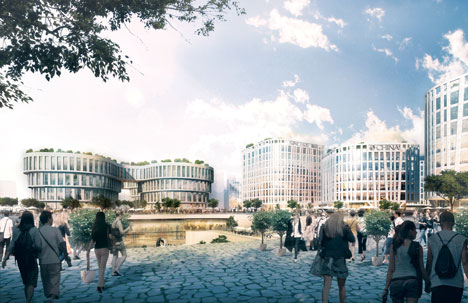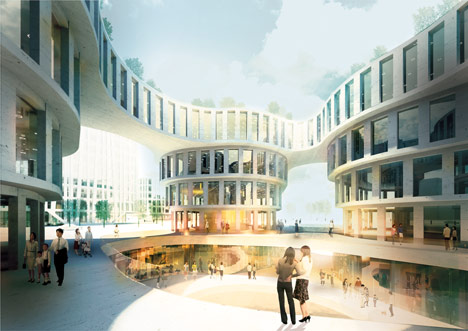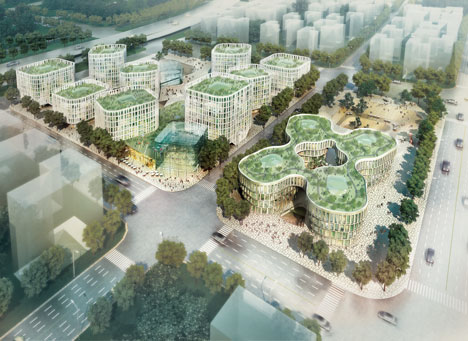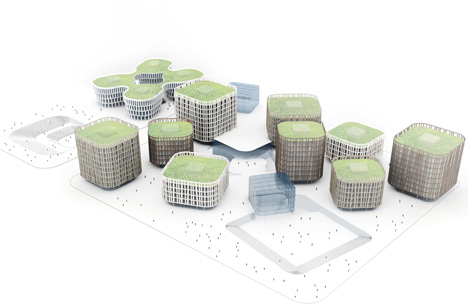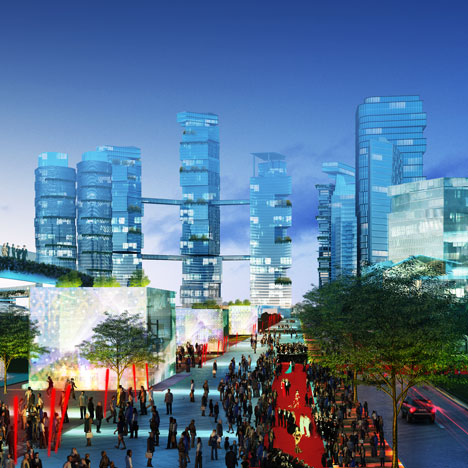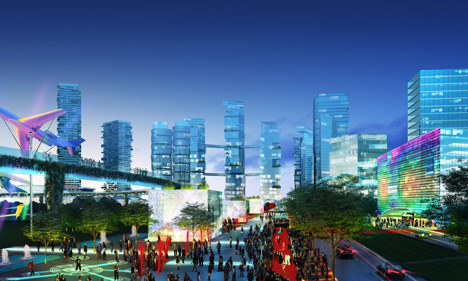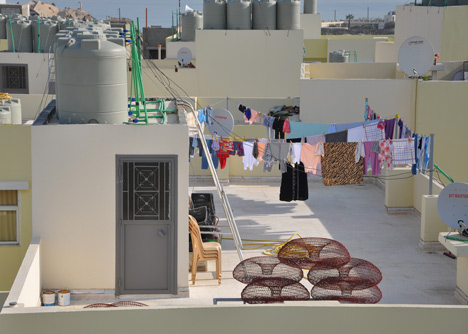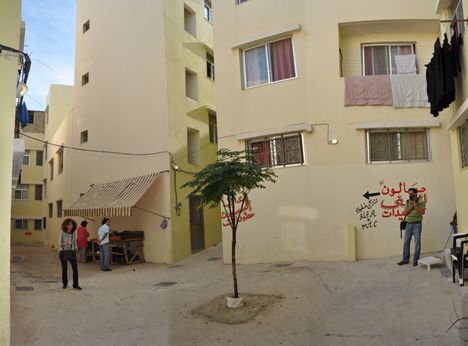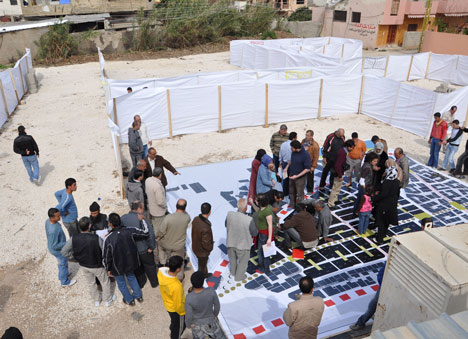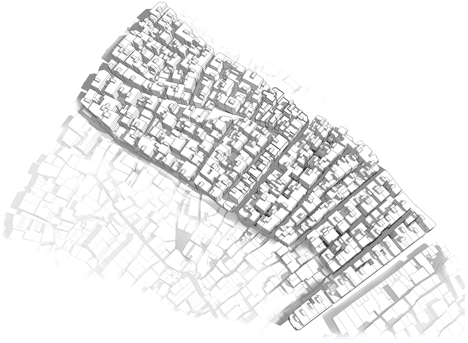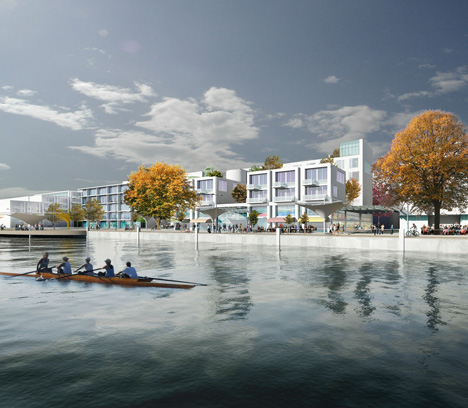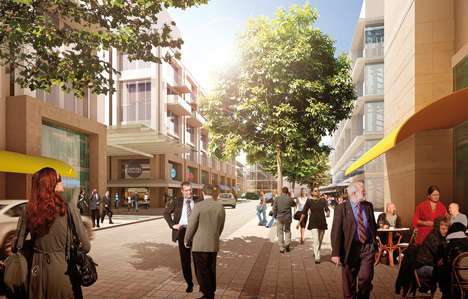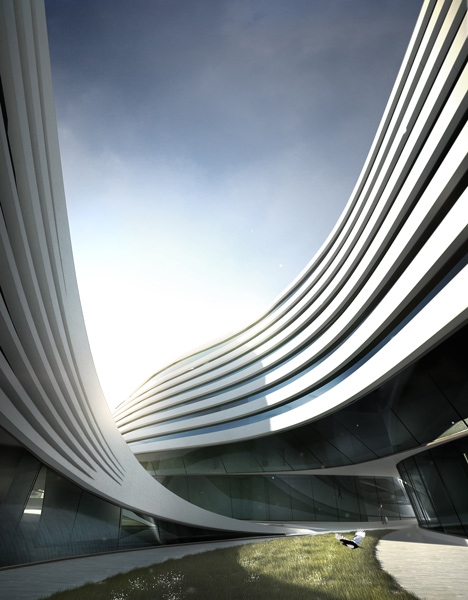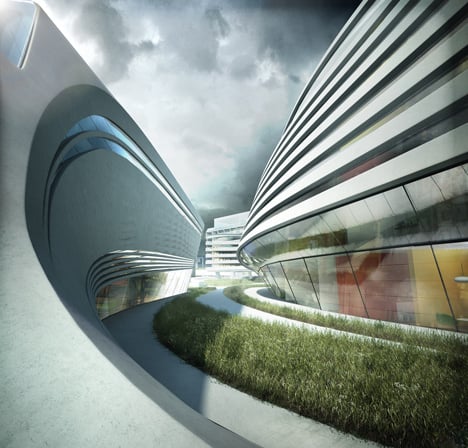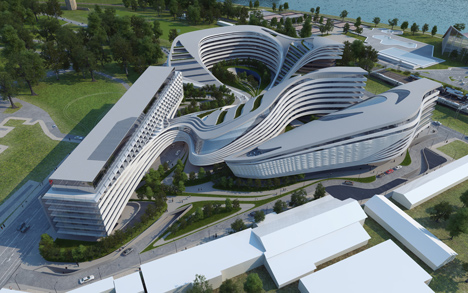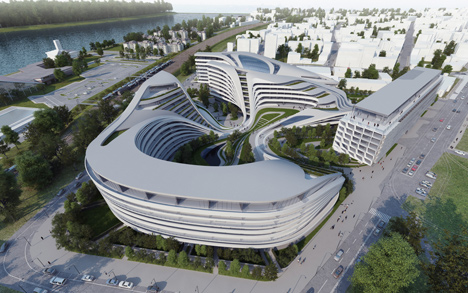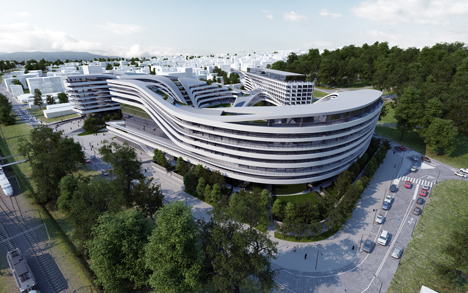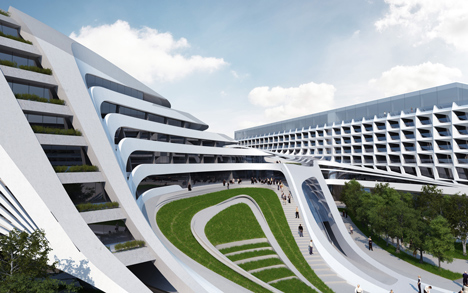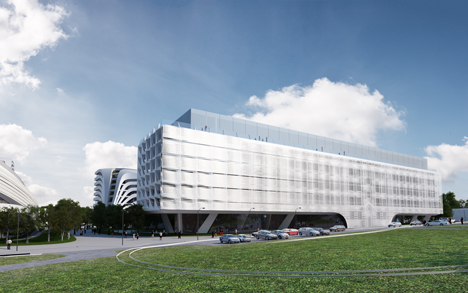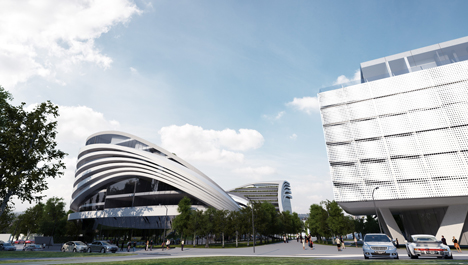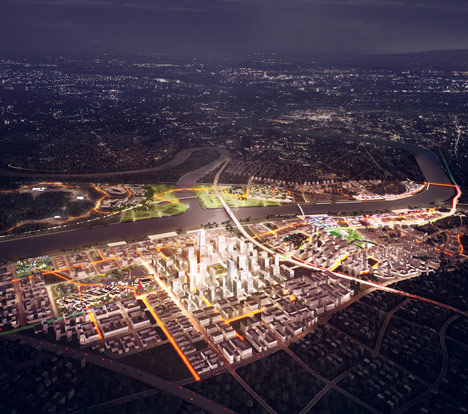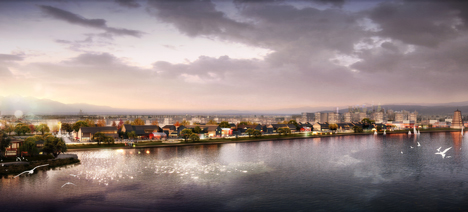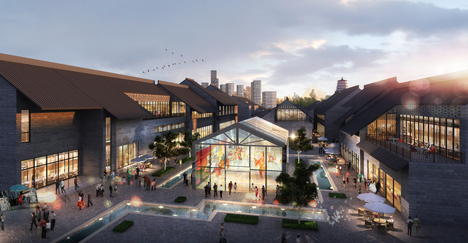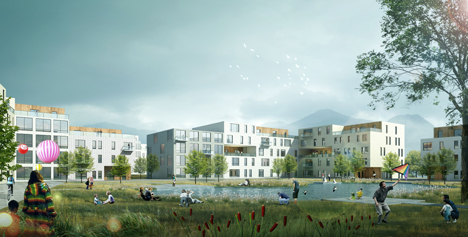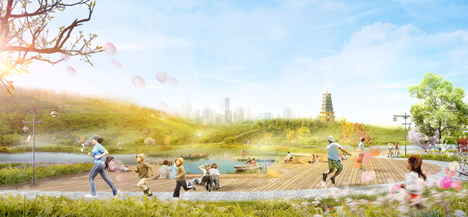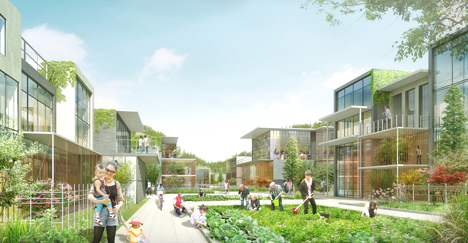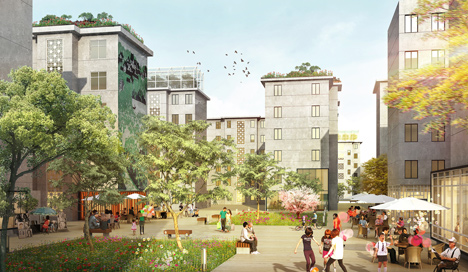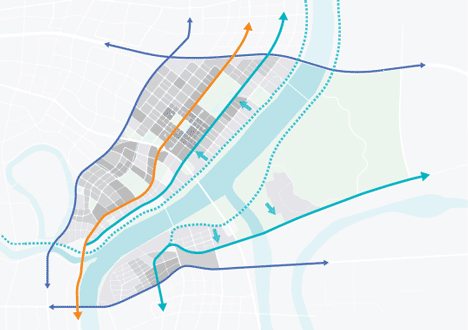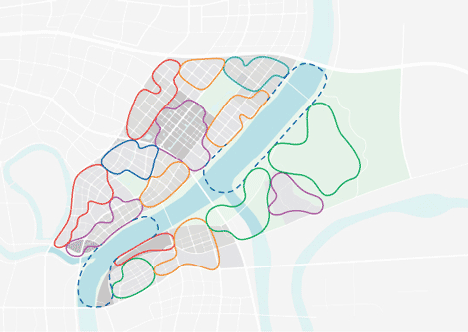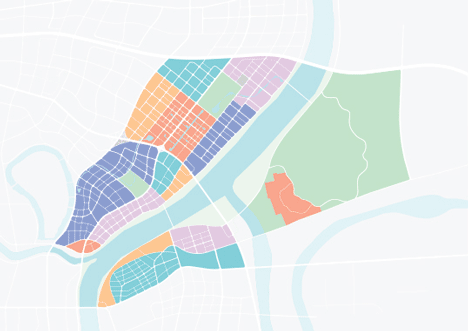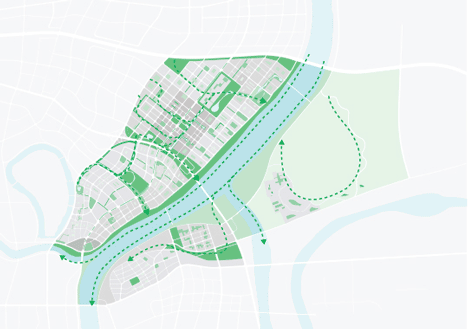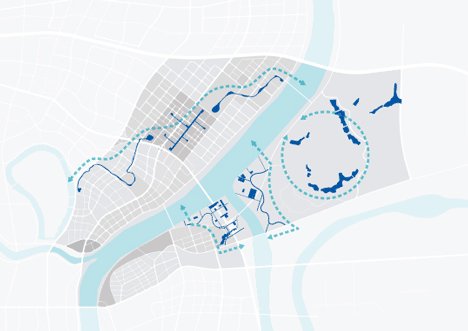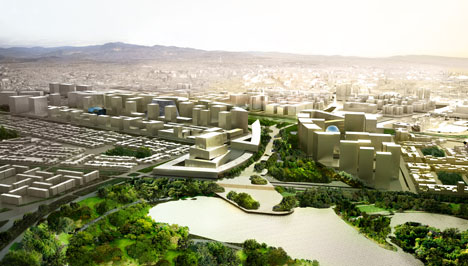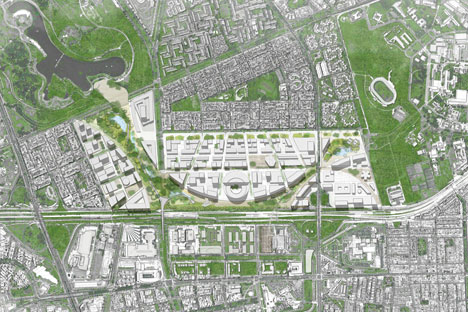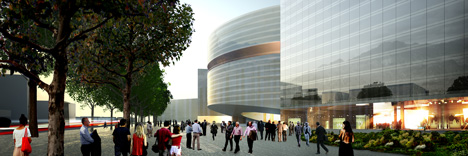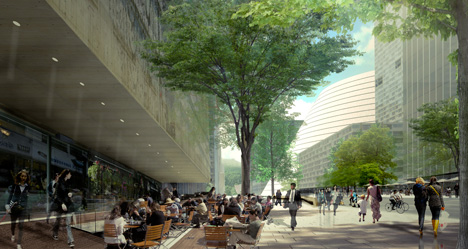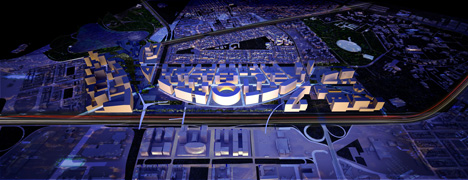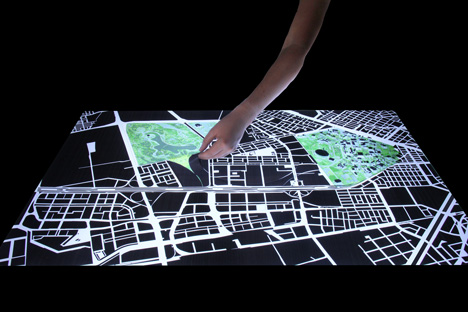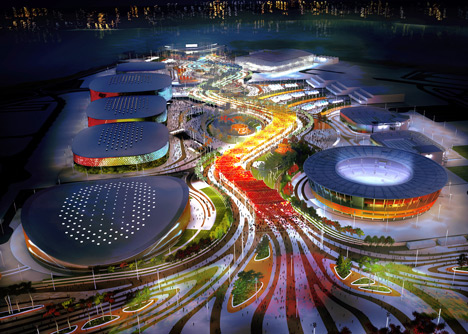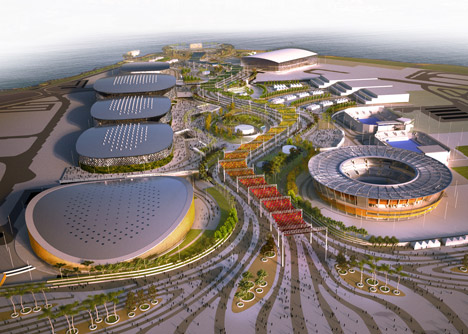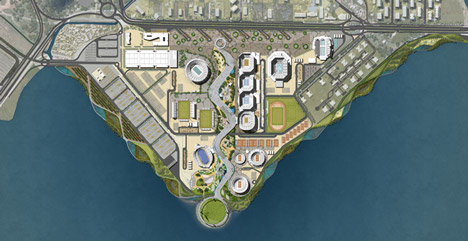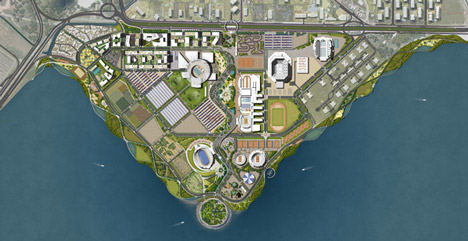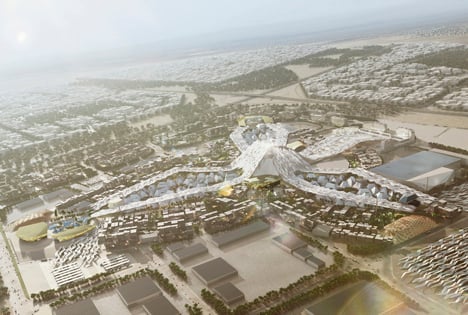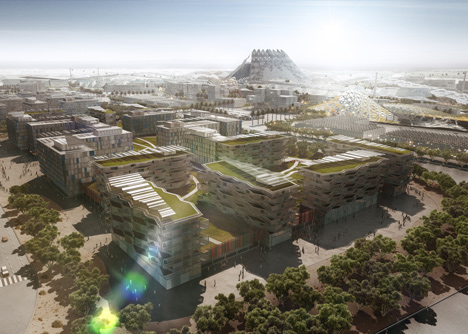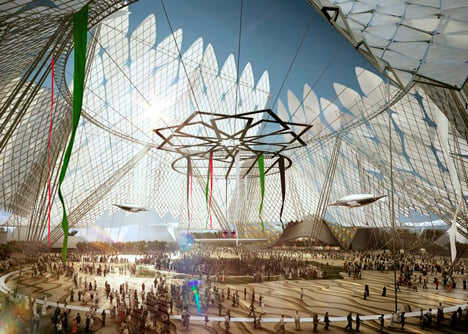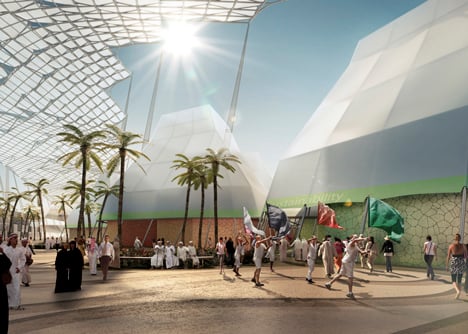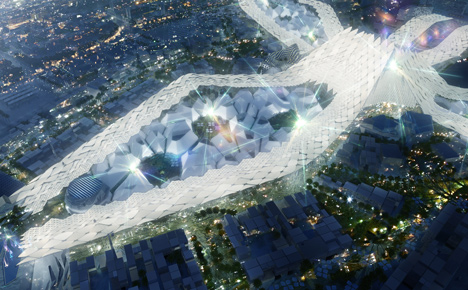Zaha Hadid Architects has designed a swirling complex of apartments, offices and leisure facilities on the abandoned site of an old textile factory in Belgrade, Serbia (+ slideshow).
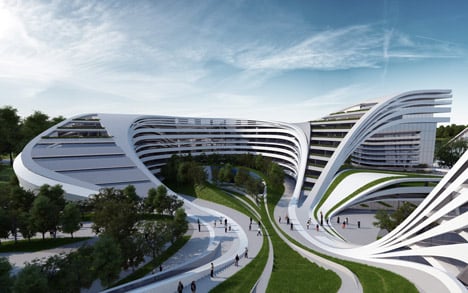
Covering an area of around 94,000 square metres, the Beko complex will give the historic Dorcol quarter a new destination on a site that is just 500 metres from the city centre but is currently unused and inaccessible.
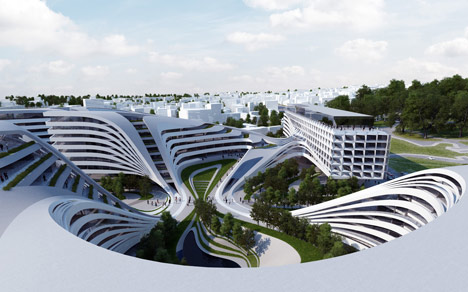
The proposed cluster of building will also accommodate a five-star hotel, a congress centre, galleries and shops, as well as underground parking facilities for visitors and residents.

Zaha Hadid Architects took influence from the twentieth century Modernist architecture that is typical in the capital and combined it with the studio's signature parametric style to design a cluster of buildings that will appear to flow into one another.
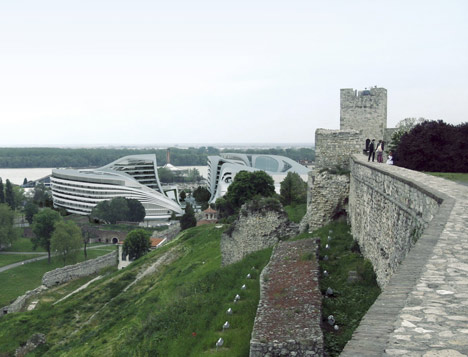
"The masterplan follows the region's strong Modernist traditions and has applied new concepts and methods that examine and organize the programs of the site; defining a composition of buildings with the elegance of coherence that addresses the complexity of twenty-first century living patterns," said Zaha Hadid.
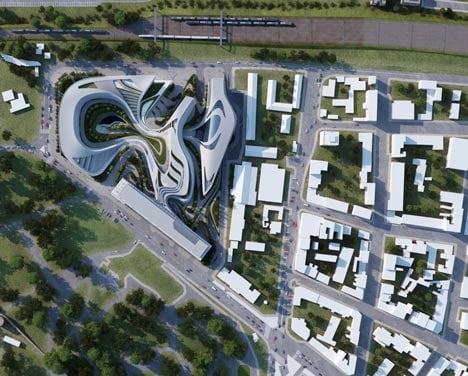
The curved walls of the buildings will fold around a series of new squares and gardens. "The design for Beko is embedded within the surrounding landscape of Belgrade’s cultural axis and incorporates essential public spaces," said Hadid.
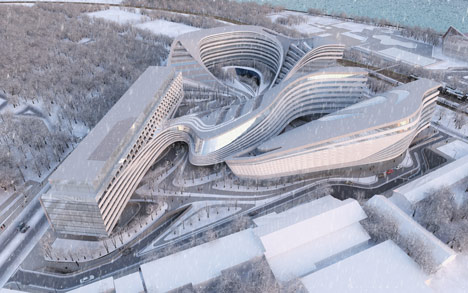
"It is absolutely critical to invest in these public spaces that engage with the city. They are a vital component of a rich urban life and cityscape, uniting the city and tying the urban fabric together," she added.

Above: the existing site
The complex will be delivered as part of a £168 million regeneration project that includes a new waterfront public space by Japanese architect Sou Fujimoto, as well as a new bridge across the Sava river.

Above: the existing site
The architects will present the detailed proposals at the 2013 Belgrade Design Week, which takes place in June.

Above: the existing site
Zaha Hadid Architects has also just been selected to design a new national stadium for Japan and completed an art gallery at Michigan State University.
See all our stories about Zaha Hadid Architects »
Here's some more information from the Belgrade Design Week Organisers:
Zaha Hadid regenerates Belgrade’s key historic site
The new contemporary development at the location of the former Beko textile factory, designed by Zaha Hadid, will mark the continuance of Belgrade’s signature "Modernist" movement, which was abruptly discontinued in the 1980s. The new multifunctional complex near Kalemegdan will awaken Belgrade’s spirit of modernism – the iconic style of the Serbian capital in the thirties, fifties and seventies.
Each of these decades was marked by key buildings which are, to this day, the landmarks of Belgrade and the region: The iconic Albania Palace and Radio Belgrade in the Thirties, the entire New Belgrade development with its crown jewel - the Palace of Serbia in the Fifties, Sava Center and the “25th of May” Sports Center in the Seventies… However, the development of such an progressive spirit was brutally cut short with the crisis after the death of Tito in the Eighties and the disintegration of Yugoslavia and the ensuing economic sanctions in the Nineties.
Belgrade went through a difficult struggle in the first decade of the XXI century trying to find its lost path, and now, with joint efforts of private and public investors, in the ‘10’s of the new millennium, the city finally caught an exiting momentum with first designs which are worthy successors of the famous modernist past, such as the “Ada” Bridge, the Port of Sava “Cloud”, the new “BEKO”, the “Center for the Promotion of Science”, Zira, Falkensteiner and Square Nine Hotels, the “Museum of Science and Technology” and the new urban plan for the Port of Belgrade, the “West 57” development... With the new world quality contests, designs and built environment, Belgrade saw also the return of leading global architects such Daniel Libeskind, Boris Podrecca, Wolfgang Tschapeller, Isay Weinfeld, Sou Fujimoto and last but not least Zaha Hadid. The engagement of Santiago Calatrava for a new Belgrade Philharmonic is also announced.
Regardless of opinions about the commission of “starchitects”, Belgrade will become the first city in the South East European region to have a building designed by the arguably world’s most successful architecture studio at the moment: Zaha Hadid Architects from London, UK. A unique multifunctional complex at the location of the former Beko factory at the Danube riverside, jointly with the proposed “Cloud” by the Japanese architect Sou Fujimoto on the adjoining Sava waterfront, will mark the revitalization of an entire area key to Belgrade’s development and history – the Confluence waterfront crescent from Small Kalemegdan to Beton Hala.
Poised to become the city’s new and happening center, the BEKO complex will cover the area of 94,000 square meters and include cutting edge residential spaces, galleries, offices, a five-star hotel, a (much needed for Belgrade) state-of-art congress center, retail spaces and a department store… The residential part will consist of top-quality finishes and building systems and the complex will also include a huge underground parking lot, maintenance service and security. The project is designed as a complex which offers a complete variety of services to the users who live or work there, to hotel guests and visitors. The immediate vicinity to the confluence riverside, with the pedestrian connection to the "Cloud", will contribute to never before seen residential conditions in Belgrade, almost comparable to seaside marinas. In fact, this currently abandoned part of the city, will infuse a completely new life to the historical quarter of Dorcol - daily visitors, residents and tenants will be able to walk from the modern complex by a new planned bridge to Novak Djokovic’s adjacent tennis club and all the other recreational contents of the 25th May Sports Centre and then continue the pedestrians and bicycle paths to the restaurants and bars in the Beton Hala and Savamala area.
The Greek company Lamda Development bought the BEKO factory building and the plot in 2007, for EUR 55.8 million at a public auction.
Having in mind the complexity of the project, the new innovative materials and cutting edge systems which will be used during the construction, the total investment is expected to exceed EUR 200 million. From the beginning of the project planning to the realization of the project more than 2000 people will be involved, while the complex will permanently create about 1000 new jobs from all sorts of professions.
This complex will certainly set new standards in the Serbian and SEE market primarily living standards, but also in the field of architecture and construction. Considering several solutions by invited leading global architectural bureau, Lamda development finally chose the proposal by Zaha Hadid Architects. Thanks to the experience in constructing modern buildings in the vicinity of historic buildings and pushing the boundaries of architecture and urban planning, Zaha Hadid’s projects have become recognized all over the world. The main idea of the Zaha Hadid’s signature style, Parametricism, is introducing fluid forms into architecture, the forms and shapes existing in nature, in the flora and fauna. The buildings designed by Zaha Hadid transcend construction stereotypes: there are no rigid forms, no straight lines, no symmetry, no repetition, no standard function-based divisions of space. The buildings look different from every angle, the forms are round and fluid and the space is not segmented, it flows seamlessly from one room to another.
The post Beko Masterplan by
Zaha Hadid Architects appeared first on Dezeen.
